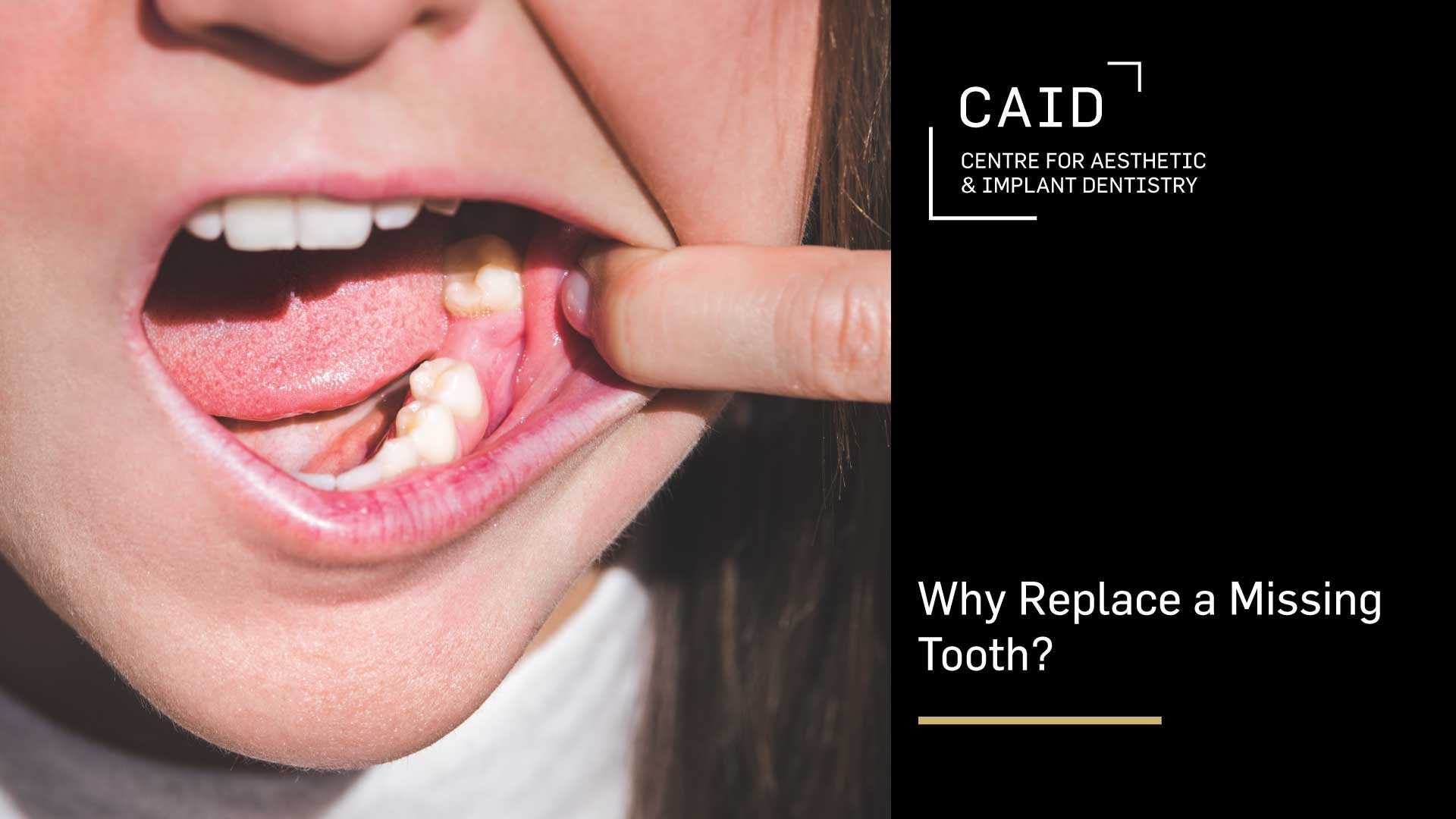Root Canal Therapy is also known as Endodontic Treatment. It involves treatment of the tooth pulp that contains the nerves and vital tissues of the tooth.
If the pulp of the tooth gets injured or diseased, the tooth can often can be saved with root canal treatment. This involves the removal of the tooth pulp. If the diseased or injured pulp is not removed, it may lead to infection of the tissues surrounding the tooth’s root. An abscess may form, resulting in pain and swelling.
Treatment involves one or more visits. Before commencing, local anaesthetic is given to make the tooth and gum numb. Any decay that is present is then removed, and an opening is made through the crown of the tooth into the pulp chamber. The diseased pulp is removed and the root canals are cleaned and shaped. Until the next visit, a temporary filling is usually placed in the crown opening.
At the next visit the temporary filling is removed and the root canals are filled with a biocompatible material. A post may be required to support a filling that is then inserted to seal the tooth, preventing any bacteria from re-entering. In many cases a crown is also required to strengthen the tooth and improve its appearance.
A common reason for root canal therapy is an infected or abscessed tooth, which may result from a deep cavity, periodontal disease, or even a fractured tooth. Sometimes, trauma, like a sharp blow to the mouth can result in damage to the pulp of the tooth. Symptoms such as swelling, sensitivity to hot and cold or discomfort on touching your tooth may be present.
Root canal work is not uncomfortable, and in some instances can be performed in one visit. The discomfort associated with root canal therapy is normally due to the infection and should subside once treatment commences.





